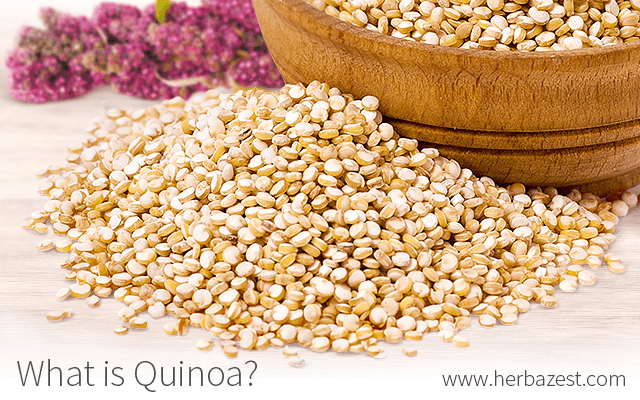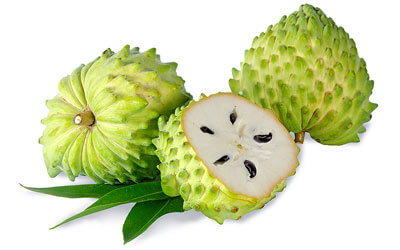Nowadays, it is widely available at the local grocery stores and served in restaurants as one of the newest superfoods. But quinoa has been cultivated and consumed in the Andean region of South America for thousands of years. Keep reading to learn more about quinoa, including what it is, where it comes, and how it is used!
About Quinoa's Origins
So, what is quinoa? Quinoa is a pseudo-grain that originated in South America and was first domesticated in the Andean region more than 7,000 years ago.1
Its center of origin is thought to be around Lake Titicaca, and from there, quinoa spread with the growth of the Inca Empire. Slighted by Europeans after the Spanish conquest, quinoa remained a staple crop among the indigenous people of the Andes.
Today, quinoa can be divided into five main geographical ecotypes that reflect where the crop has been traditionally cultivated:
- Highlands of Peru and Bolivia
- Inter-Andean valleys of Colombia, Ecuador, and Peru
- Salares of Bolivia, Chile, and Argentina
- Yungas of Bolivia
- Sea level in Chile
About Quinoa's Traditional Uses
Quinoa has been traditionally used by the indigenous peoples of the Andean region of South America, specifically the Quechua, Aymara, Tiahuancota, Chibcha, and Mapuche peoples.
Quinoa seeds are commonly cooked in a similar manner as rice, added to soups, puffed as cereal, ground to be used as flour and included in baked goods, or fermented to make beer and traditional beverages, such as chicha or ceremonial mudai.
FOR CENTURIES, QUINOA HAS BEEN ONE OF THE PRINCIPAL PLANT-BASED PROTEIN SOURCES OF THE ANDEAN REGION, SERVING AS A SUBSTITUTE FOR ANIMAL PROTEIN.
Traditionally, quinoa has also been used for a variety of medicinal purposes, including treating wounds and other injuries as well as promoting healthy digestion. It has also been thought to invigorate the body and increase endurance.
One traditional preparation of quinoa is called llipta, in which the ashes of quinoa stems are mixed with coca leaves and chewed for sustained energy. This preparation is most commonly used by Andean farmers.
Before the Spanish conquest, quinoa was be mixed with fat and consumed by the Incan armies as they traveled through the Andean mountains. This preparation was called war balls.
Quinoa Names
Quinoa's botanical name is Chenopodium quinoa, and the plant is part of the Goosefoot or Chenopodiaceae family. With such a long history of cultivation in the Andean region, quinoa is known by many different local names, but it is most popularly referred to as simply quinoa, or kinwa in Quechua and quinua in Spanish.
THE INCAS CONSIDERED QUINOA TO BE A GIFT FROM THEIR GODS AND CALLED IT “THE MOTHER GRAIN.”
Today, there are many quinoa cultivars, and diverse genetic ecotypes are used for different purposes. 'Chullpi' is used for soups, 'Coytos' for flour, 'Pasankalla' for toasting, 'Reales' as a grain, and Ayaras for its nutritional value.
Other quinoa cultivars are highly valued for their ability to grow in different environments. 'Utusaya' is able to grow in salty soils, 'Witullas' and 'Achachinos' are cold resistant, 'Kcancollas' can survive drought, and 'Chewecas' can thrive in humid environments.
Quinoa Nowadays
Until the 1980's, quinoa was strictly an Andean crop. It wasn't until researchers began to understand the many benefits of this herb that demand increased. The number of countries studying everything about quinoa and trying to adapt it for local cultivation also exploded.
Today, quinoa is most commonly consumed as a grain substitute, known for its excellent nutritional value, including high-quality protein and micronutrients. Often, it is combined with legumes and cereals.
Many commercial quinoa products are processed or semi-processed. These products usually take the form of ready-to-eat cereals or side dishes that consist of puffed, flaked, or ground quinoa.
So, what is quinoa, exactly? While currently cultivated and available around the world, quinoa is a pseudo-grain that is native to the Andean region of South America, with deep cultural roots as a pre-Colombian crop and dietary staple with great nutritional value.
Sources
- Comprehensive Reviews in Food Science and Food Safety, Innovations in Health Value and Functional Food Development of Quinoa (Chenopodium quinoa Willd.), 2015
- Food Reviews International, Nutritional Value and Use of the Andean Crops Quinoa (Chenopodium quinoa) and Kañiwa (Chenopodium pallidicaule), 2003
- Frontiers in Plant Science, The Global Expansion of Quinoa: Trends and Limits, 2016
- Journal of Nutrition and Food Sciences, Quinoa (Chenopodium quinoa Wills), from Nutritional Value to Potential Health Benefits: An Integrative Review, 2016
- Plant Foods for Human Nutrition, Physiological Effects Associated with Quinoa Consumption and Implications for Research Involving Humans: a Review, 2015
- FAOSTAT, International Year of Quinoa 2013, Nutritional Value | Origin and History | Uses of Quinoa
Footnotes:
- Frontiers in Plant Science. (2016). The Global Expansion of Quinoa: Trends and Limits. Retrieved July 11, 2022 from https://www.ncbi.nlm.nih.gov/pmc/articles/PMC4860459/




